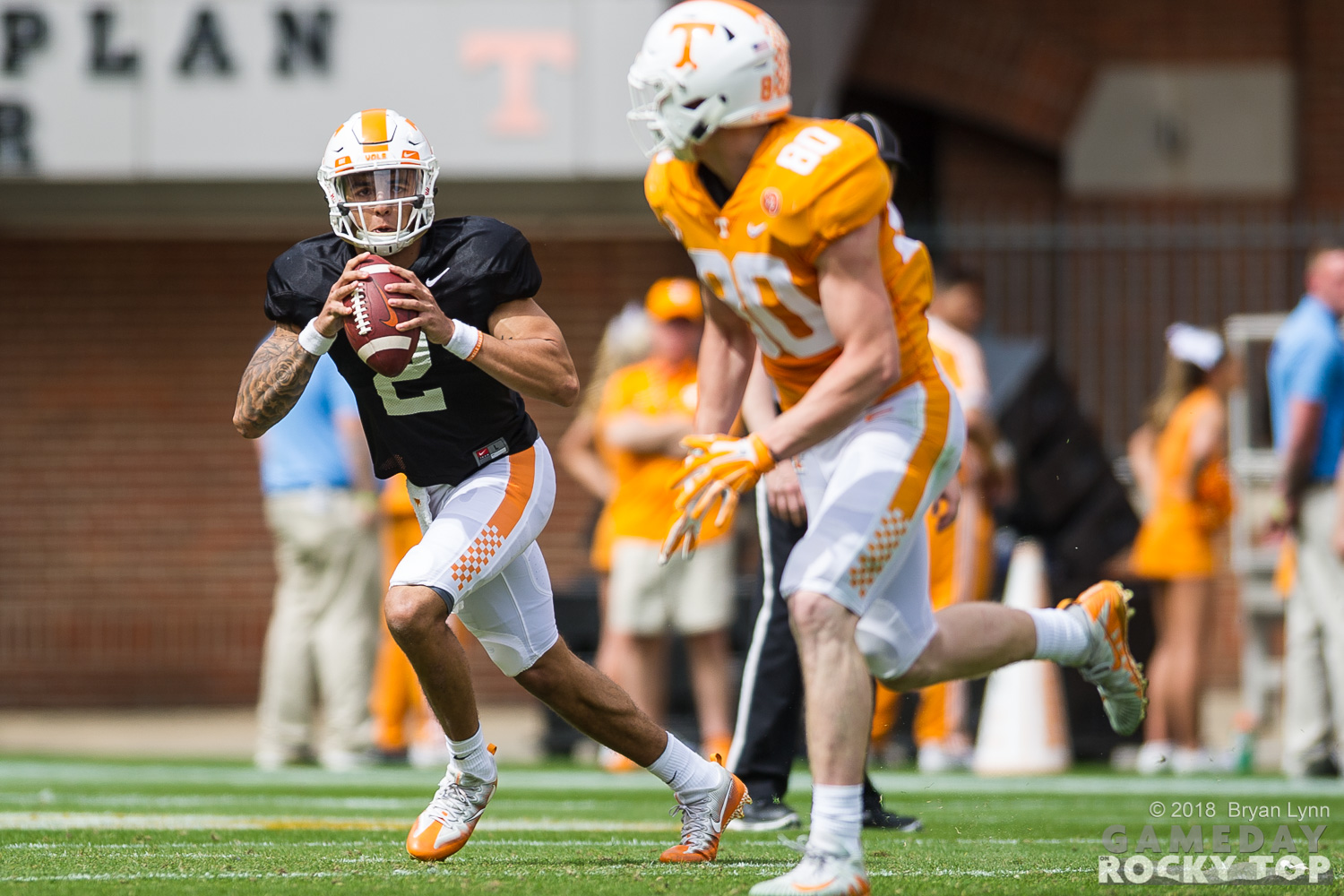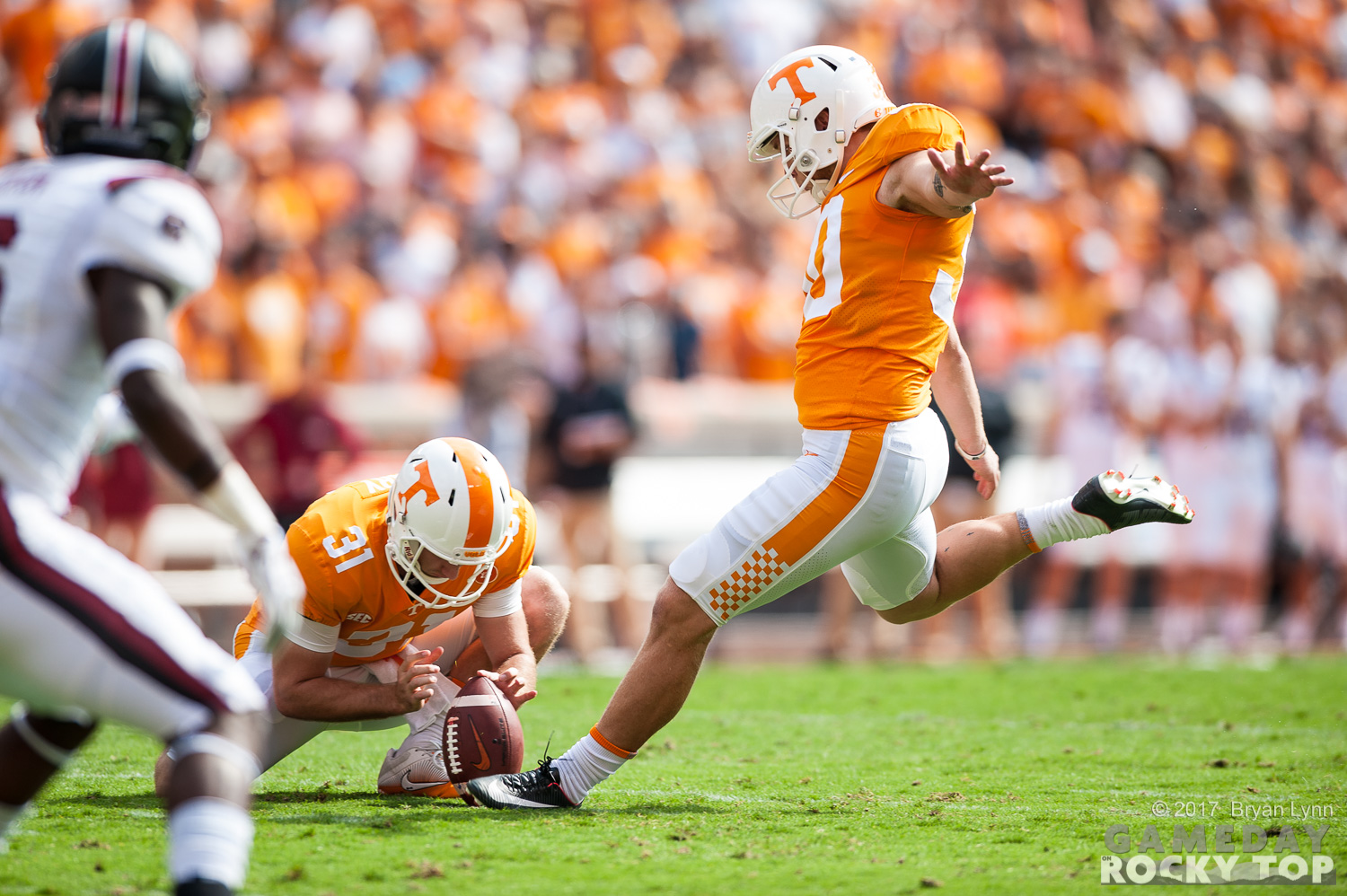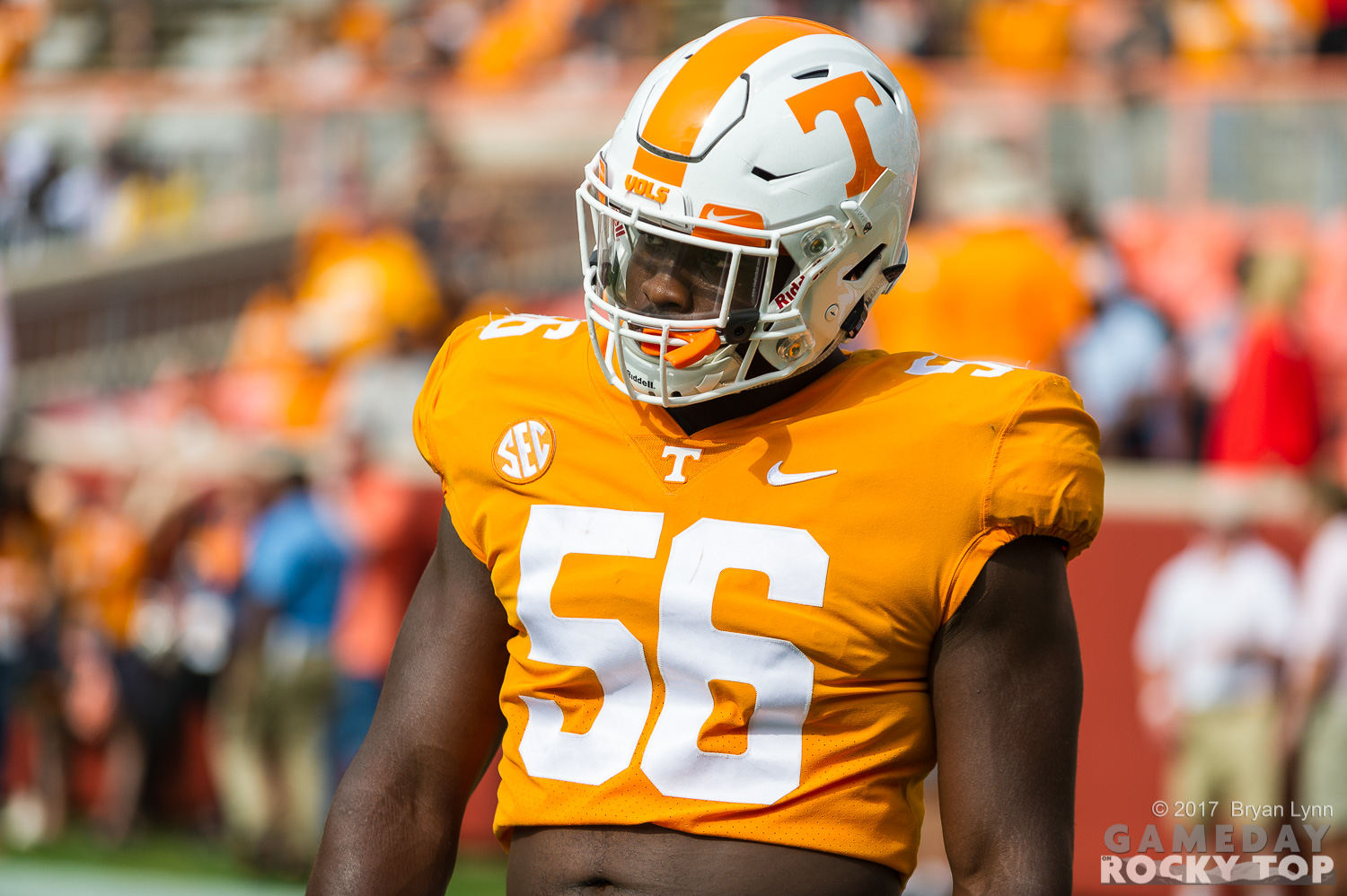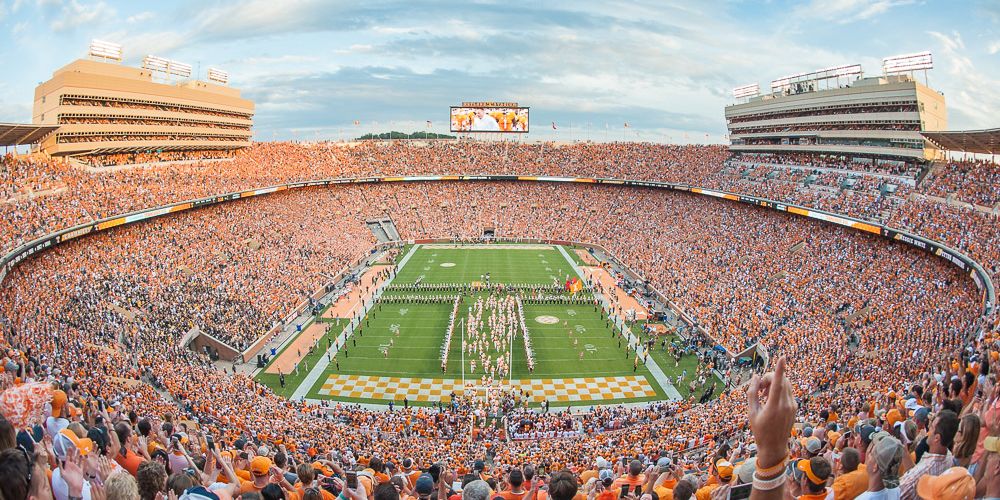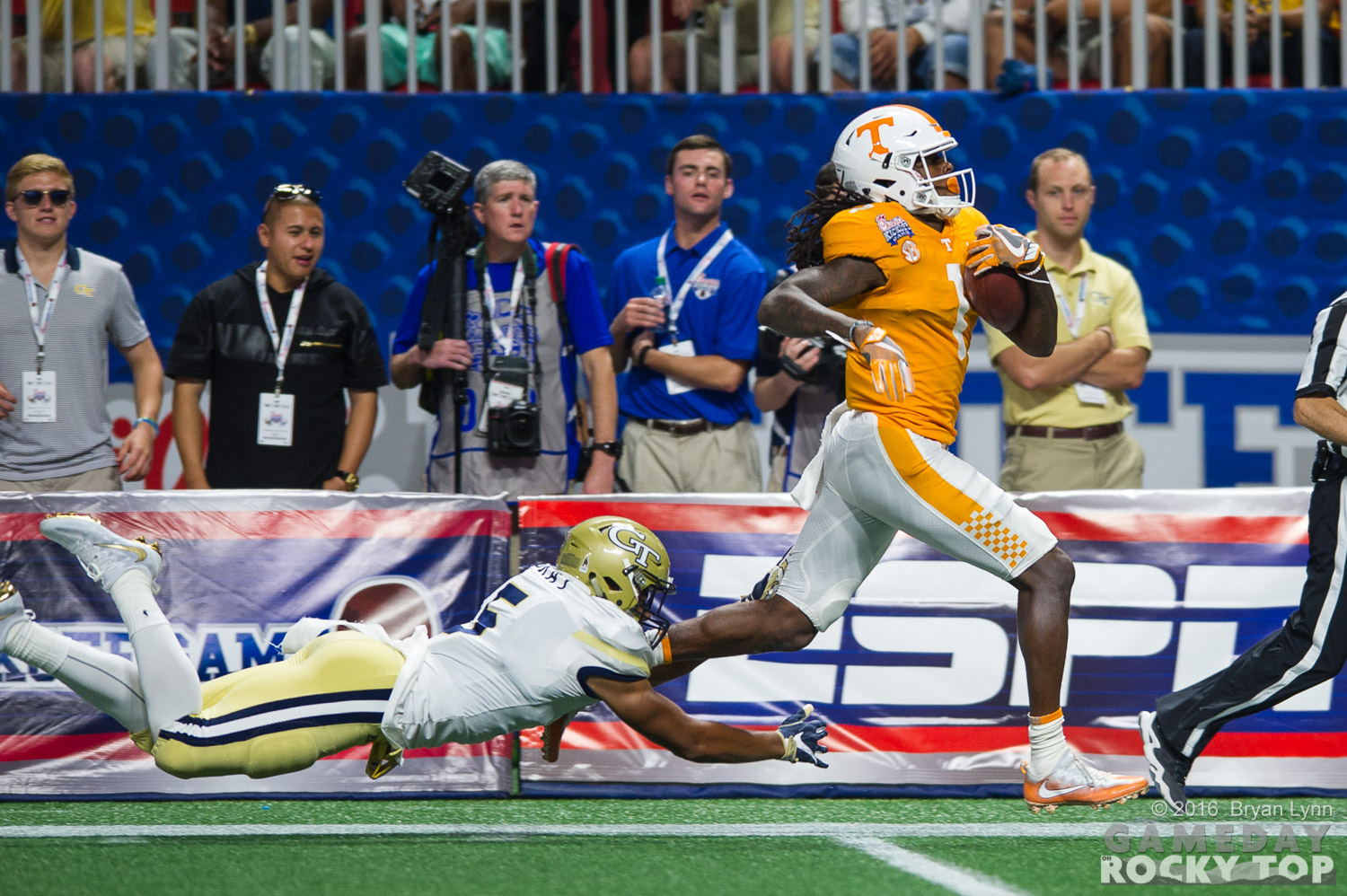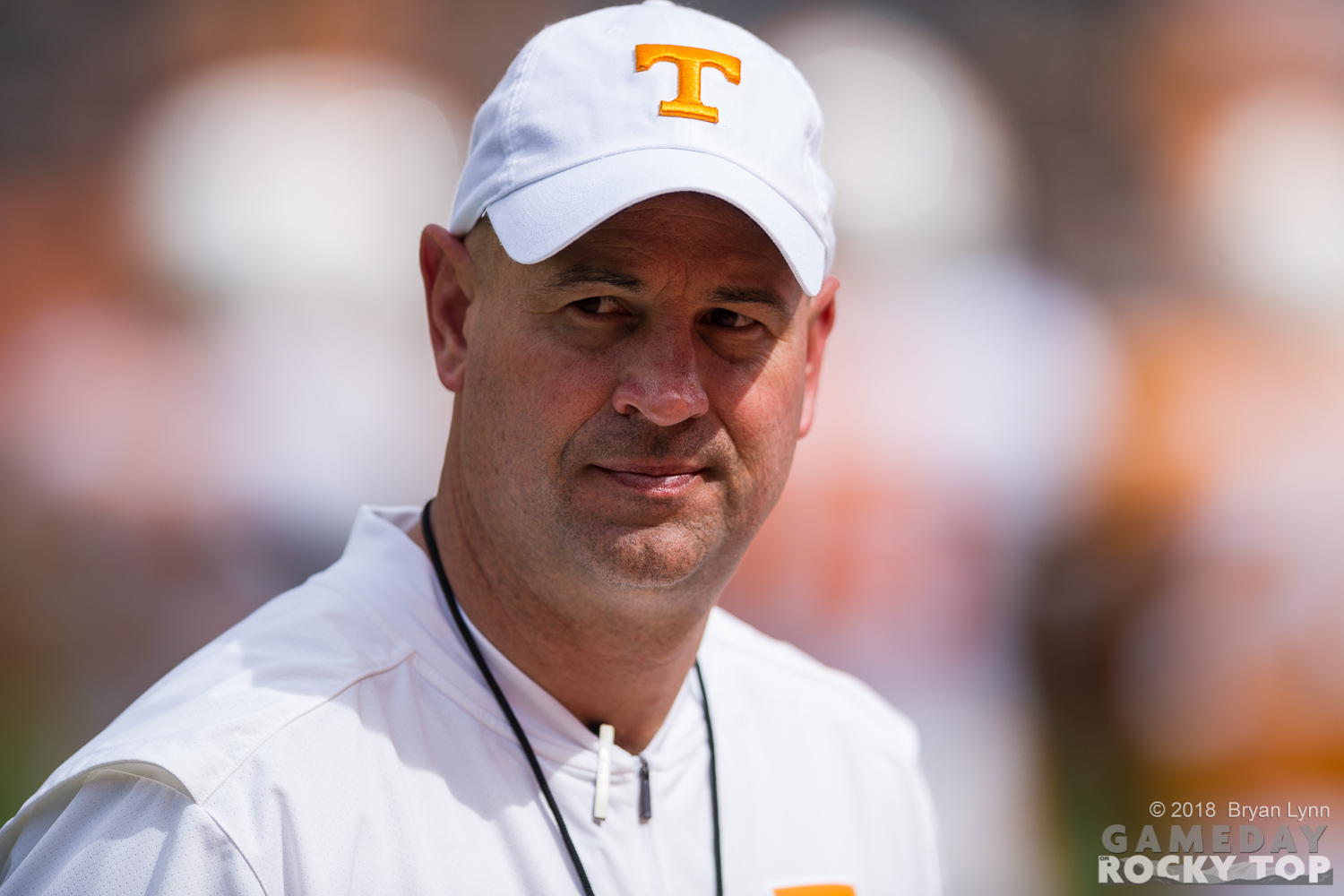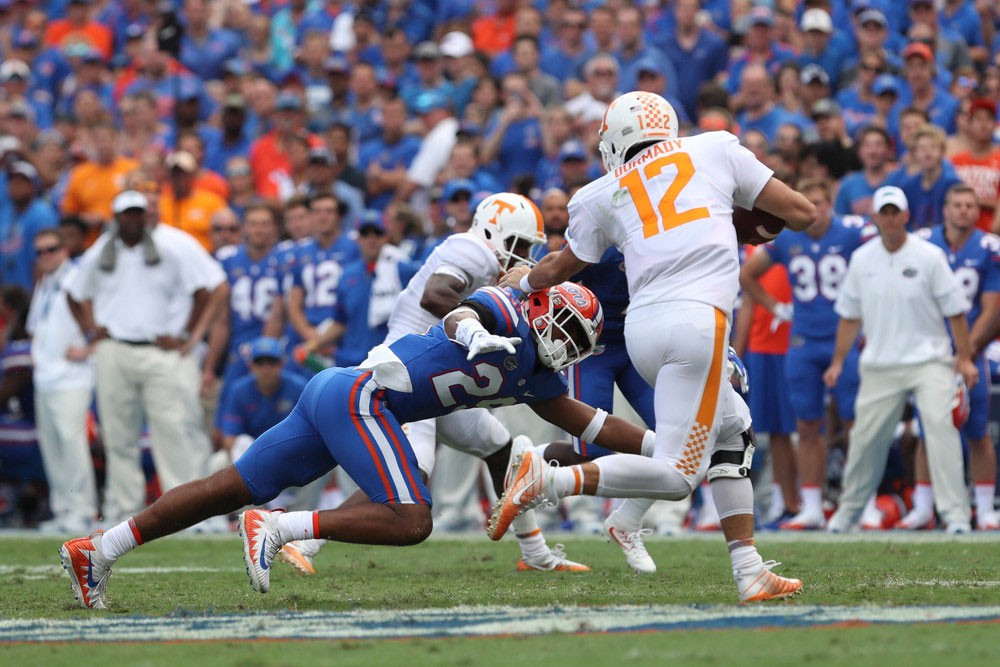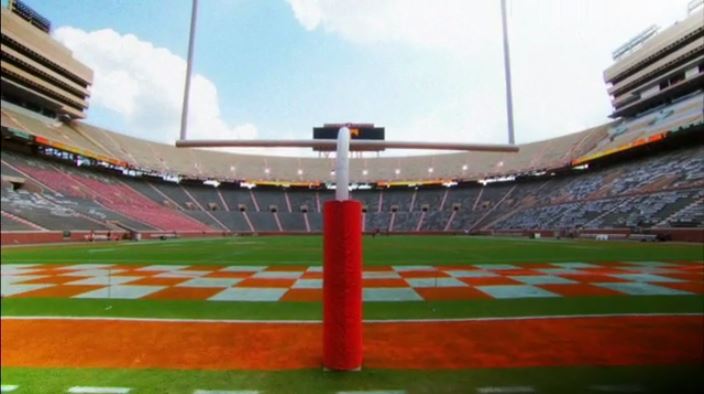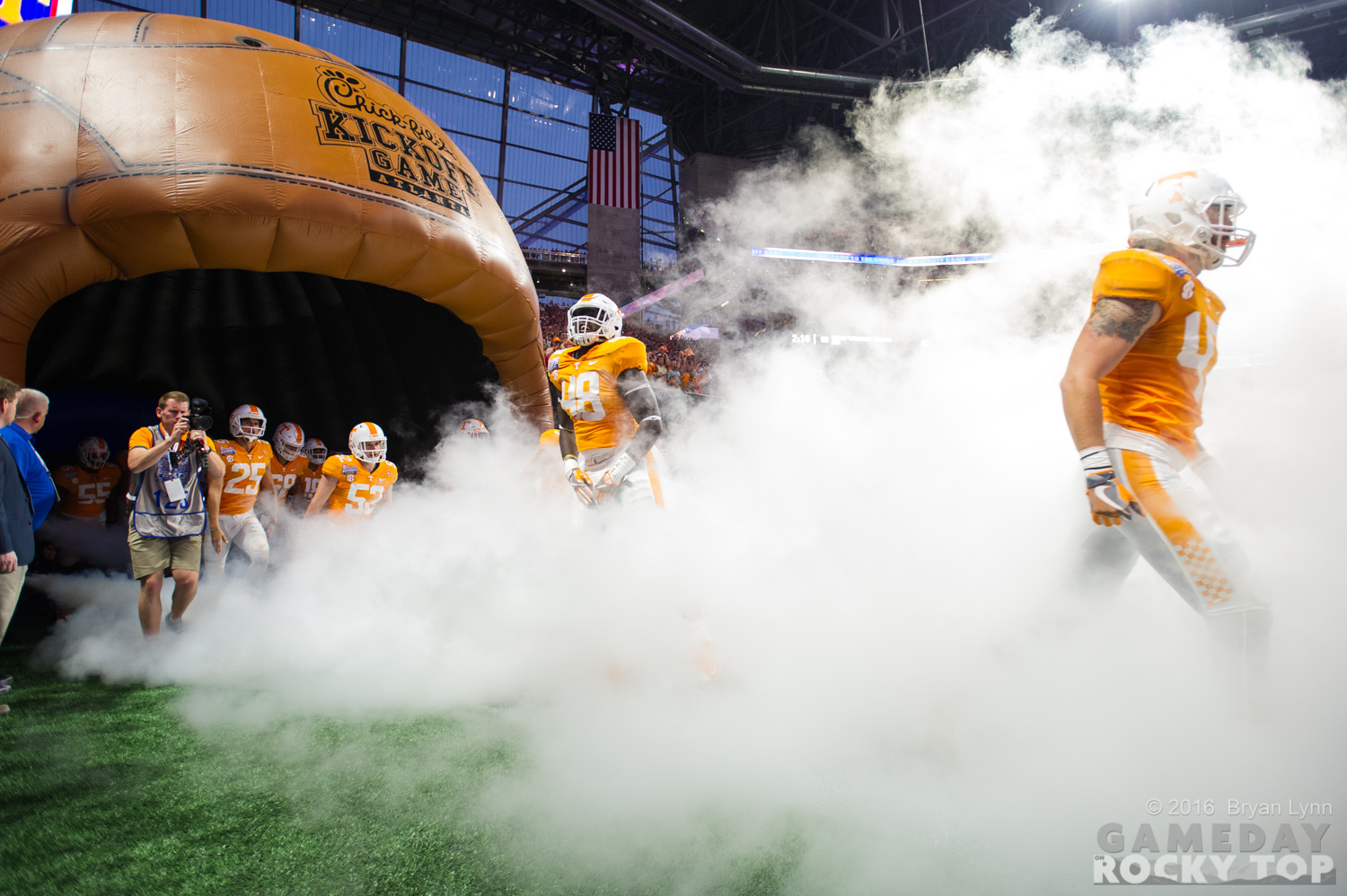We’ve learned not to assume a promising coordinator will make a smooth transition. When Butch Jones fired John Jancek and hired Bob Shoop, we thought it was the good-to-great move that could push Tennessee to a championship. Instead, through a combination of bad fit and injuries, the Vols finished 78th in yards per play allowed in 2016 and 87th last season. You just never know.
Tennessee is paying its new offensive coordinator like he’s a fantastic hire: $1.2 million would have tied Brian Daboll and trailed only Matt Canada among offensive coordinators last fall. It’s a significant investment in what could be the most important hire for a defensive-minded head coach.
The Volunteer offense had a similar look and feel for almost 20 years. Phillip Fulmer became offensive coordinator in 1989, kicking off the program’s golden era with an SEC Championship behind Reggie Cobb and Chuck Webb. That ground game would remain a staple crop in Knoxville even when Fulmer ascended to head coach in 1993 and David Cutcliffe took over, pairing Heisman finalists at quarterback with Charlie Garner, James Stewart, Aaron Hayden, Jay Graham, and Jamal Lewis. When Cutcliffe and John Chavis were the two coordinators from 1995-98, Tennessee had the highest winning percentage in college football during that span.
Randy Sanders took over from 1999-2005, guiding one of the most memorable offenses in school history in 2001 and a pair of freshmen quarterbacks (and 1,000 yard rushers) to an SEC East title in 2004. When he was asked to step aside following a 5-6 campaign, Cutcliffe returned and the Vols were in Atlanta again in 2007. Fulmer and his top assistants put a quality product on the field almost every Saturday.
But the last ten years? The Clawfense infamously finished Fulmer off. Lane Kiffin found great success with Jonathan Crompton and Montario Hardesty in the second half of 2009, then left some nice pieces for Jim Chaney under Derek Dooley. Injuries cost the Vol offense much of its promise in 2011, and in 2012 another infamous coordinator hire made a star-studded offense ineffective when the defense was giving up so many points.
Butch Jones employed three different offensive coordinators in his five years, all running a different version of his system. The results were mixed at best: great when they had to be in 2016 under Josh Dobbs, and almost good enough to make even more noise in 2015. But the consistent theme of “almost” became “never” after the first few games of 2017 under Larry Scott, as the Vols finished with their lowest yards per play (4.77) since the Clawfense (4.49).
So now it’s Jeremy Pruitt, and Tyson Helton. What will we get for $1.2 million?
#8. Tyson Helton’s Offense
While I’m not sure it was ever made clear who was calling what percentage of the plays at Southern Cal, there’s still much to learn from what the Trojans did the last two years with Helton on staff. Bill Connelly’s 2018 USC preview offers this:
USC’s offense was mostly awesome. The Trojans were efficient (12th in success rate) and packed big-play potential (seventh in gains of 20-plus yards per game), and while we paid a lot of attention to Darnold’s turnover problems, especially during the run-up to the NFL draft, those concerns were a bit overblown — the Trojans had poor fumbles luck, and nearly half of Darnold’s interceptions came in the first three games.
Connelly also notes two problem areas: negative plays leading to an abundance of third-and-long, and issues scoring touchdowns in the red zone. USC’s touchdown percentage inside the 20 was 86th nationally last year (57.6%) and 52nd in 2016 (63.2%). But it’s not a problem Helton saw at Western Kentucky, which finished ninth in that stat (72.6%) in 2015.
USC went 21-6 the last two years, including a pair of high-profile losses to Alabama in the 2016 opener and Ohio State in last year’s Cotton Bowl. Helton’s offense was ineffective against Pruitt’s Tide defense, like most, and turned it over five times against the Buckeyes.
But there is much to like in the narrative. After a 1-3 start in 2016, USC finished with eight straight wins. To close the year they won at playoff-bound Washington 26-13 behind a strong performance from Sam Darnold (23-of-33 for 287 yards, 8.7 yards per attempt), then blasted rival UCLA 36-14. The Trojans then beat Notre Dame 45-27, and won a classic Rose Bowl over Penn State 52-49 with 615 yards, 453 of them from Darnold.
Last season they lost to Washington State by three, were blown out by Notre Dame, and fell to Ohio State. But the Trojans also beat Stanford twice with 73 combined points in winning the Pac-12. (For more on each performance, check out USC’s advanced statistical profile at Football Study Hall.)
There will be some questions, of course, about how much of USC’s success the last two years came via having the third pick in the draft at quarterback. The Trojans were 14th nationally last season in passing attempts (and yards per attempt), but their run game was often swallowed up in big games (1.92 yards per carry vs Texas, 2.45 vs Notre Dame, 1.58 vs Ohio State). Finding a better balance without an elite quarterback on Tennessee’s roster will be critical.
There’s also enough excitement about Helton’s work at Western Kentucky, and with Joe Webb as the quarterbacks coach at UAB, to believe he’s got plenty of tricks up his sleeve beyond a vanilla pro-style set. Vanilla, you’ll recall, was Fulmer’s flavor of choice. With Helton, we’ll once again hope it can turn into Superman ice cream before long.
10 Questions for 2018
10. Which backups on the defensive line will be starters in 2019?
09. Can special teams make the difference in a coach’s first year?
